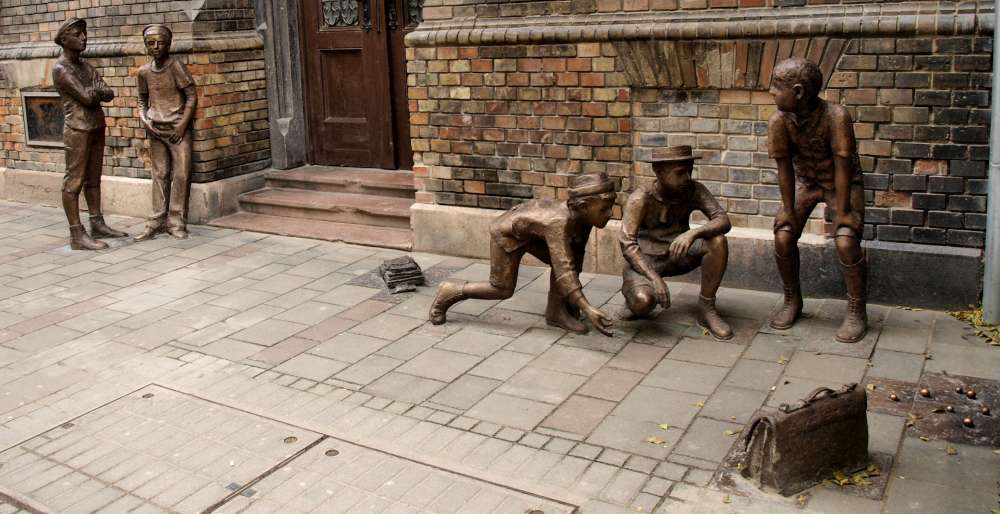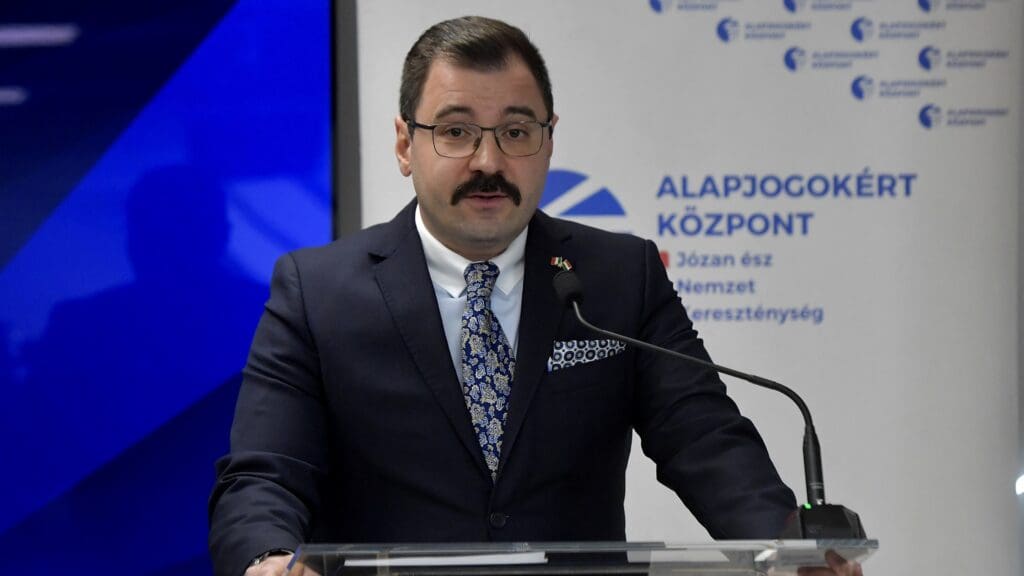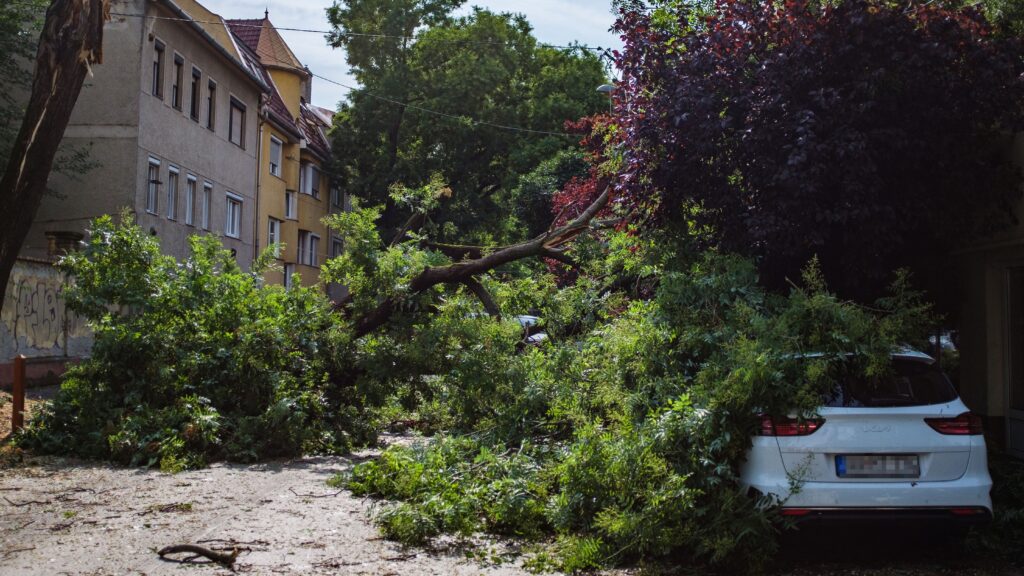The best-known Hungarian language youth novel, The Paul Street Boys, written by Ferenc Molnár, was first publish in 1907 and it has enjoyed unbroken popularity ever since. As one of the most translated Hungarian novels of all time, The Paul Street Boys is available on over 30 languages worldwide. The first English translation of the book came out some twenty years after its release in Hungary; today, both the film adaptations of The Paul Street Boys and the book itself are widely available in English.
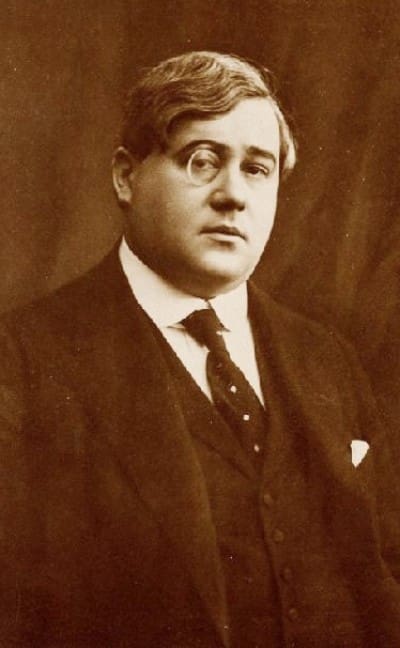
The success of the story as well as the fact that it strikes a special chord with young boys is demonstrated by the fact that it is compulsory reading in schools not only in Hungary, but in other countries as well, including Estonia, Serbia and Poland. Over a hundred years after its first release, the book keeps conquering faraway frontiers of the Eurasian Steppe: The Paul Street Boys was translated to Mongolian in 2020.
The novel tells the story of two rivalling boys’ groups in Budapest in 1889—one, the Red Shirts, who are based in the Botanical Gardens, is led by Feri Áts, while the other team, who occupy a playground in the Paul Street, are led by János Boka. Early in the book, the Paul Street boys discover that the Red Shirts are preparing for an attack to occupy their playground—the plot of a sawmill in Paul Street where they come together to play. Much of the book is dedicated to the teams preparing for the battle. From the perspective of the Paul Street boys, the fight is crucial, as they must defend the land they consider to be their own, much like a Fatherland. The battle is fought in almost a military fashion between the two groups, with elaborate plans for a siege and a defence. The time spent at school appears only as a disruption—the real part of the day begins once they arrive at their base, the so-called Grund.
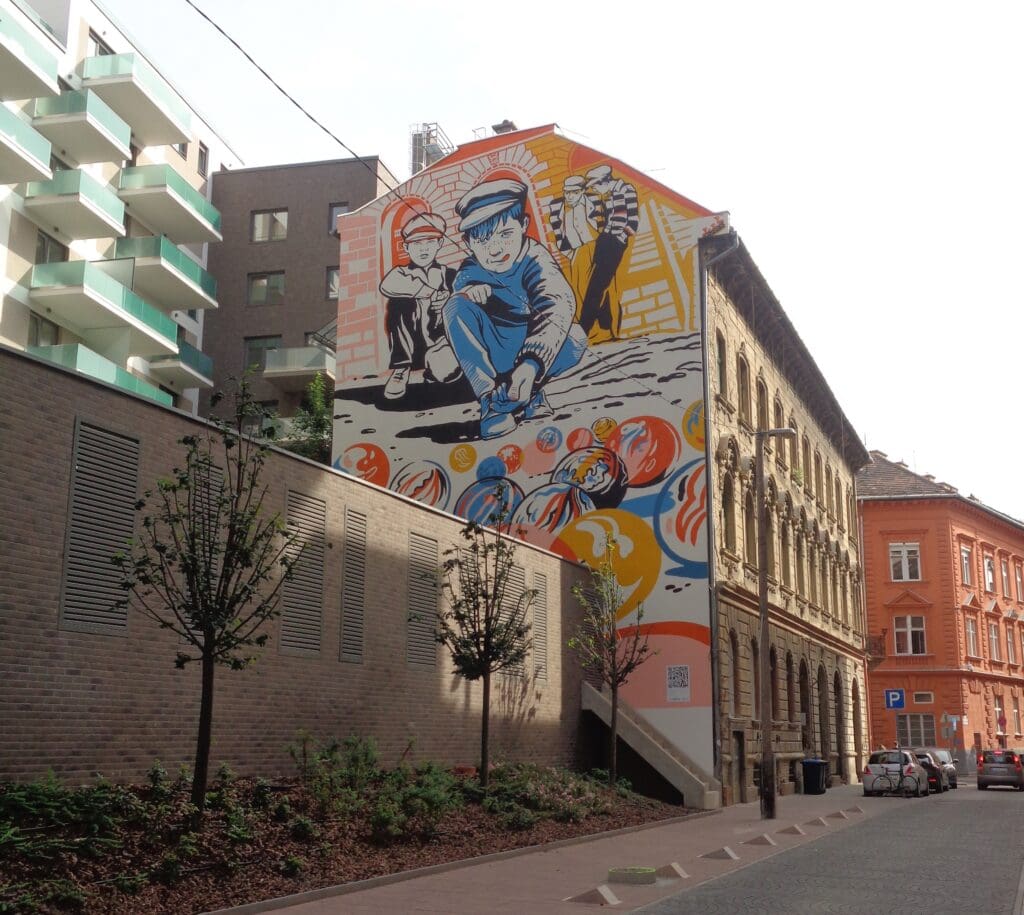
The protagonist of the film based on the book is the only private of the Paul Street boys, Ernő Nemecsek—all the others hold officer’s ranks. Albeit being deeply dedicated and loyal to his team, the short and skinny boy is unjustly accused of treason. To prove both his innocence and bravery, despite his young age and small size, Nemecsek sets on a daring mission, which later pooves to be fatal, to save his beloved playground from the attack of the Red Shirts.
In the sense of using military rhetoric to describe to two teams’ rivalry, the book resembles another international classic, Erich Kästner’s The Flying Classroom. Mátyás Sárközi, the grandson of the author, Ferenc Molnár, described The Paul Street Boys with the following words: ‘There are examples of good camaraderie, loyalty, idealism, but Molnár always manages to save himself from being just a shade too sentimental. Like Mark Twain he has the wit and the good writer’s sense to mix the grotesque with the pathetic.’ The honour, loyalty and bravery that drives the boys echoes adult heroism, yet their idealism and youthful cheerfulness is deeply embedded in the book, making it a very appropriate read for pre-teens and teenagers alike.
The first modern film based on The Paul Street Boys, deeply faithful to Ferenc Molnár’s book, was directed by Zoltán Fábri in 1969. Fábri’s version was not the first attempt to put the book on the big screen. The Paul Street Boys was first adapted to the screen in 1917, and in 1924, a Hollywood version was produced, but there is an Italian filmed version of the book as well. Nevertheless, Fábri’s movie is considered to be the ‘canonical’ one and it is highly recommended to watch during the holidays with preteen children. The movie was almost simultaneously released in Hungary and in the United States, as the production widely relied on Western expertise—the child actors were mostly British and American, selected from an actor training school in London. The movie was nominated for the Academy Award for Best Foreign Language Film.
The Paul Street Boys continues to be an inspiration for art and popular culture even today. In 2018, as part of the first ever art project of the Hungarian Cultural Centre in the UK, a mural was painted at a playground in London dedicated to the protagonists of the novel. The 50-square-metre mural was painted to celebrate the 140th birthday of the author, Ferenc Molnár.
The book also inspired a theatre play in Israel as well as a musical that has been on the repertoire of the Vígszínház theatre in Budapest since 2016. The play is so popular that already in 2019 it was estimated that over 453 thousand people had seen it; by this year the play has been performed over 400 times, and it still remains one of the most loved musicals of the capital.
A Pál utcai fiúk – Mi vagyunk a Grund – hivatalos videoklip
A Pál utcai fiúk a Vígszínház előadása, Molnár Ferenc regénye alapján. Rendező: Marton László Zene: Dés László Dalszövegek: Geszti Péter Szövegkönyv: Grecsó Krisztián Dramaturg: Radnóti Zsuzsa Az előadás koreográfusa: Horváth Csaba Az előadás díszlettervezője: Khell Csörsz Az előadás jelmeztervezője: Benedek Mari Az előadás világítástervezője: Madarász János A hangfelvétel a Tom-Tom Stúdióban készült 2016-ban.
Related articles:

